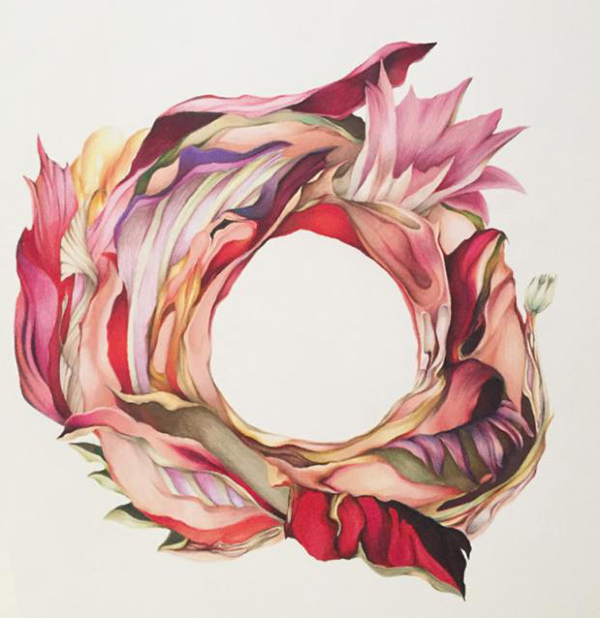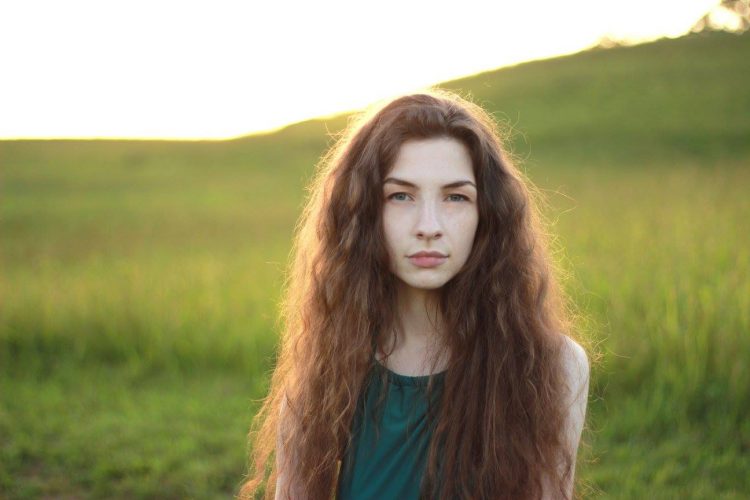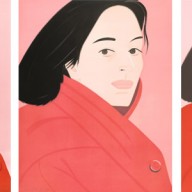Duncan Phillips believed fervently in the intimate relationship between music and the visual arts. The Music Room has always been a unique gallery where this juxtaposition literally plays out during our Sunday Concerts series: melodies reverberating off the wood-paneled walls, the room packed with chairs, light filtering in through the windows, and an audience witness to this beautiful intersection of music and art. Frequently, artists well known in the museum’s collection, such as Milton Avery, Pierre Bonnard, Paul Cézanne, Gustave Courbet, John Marin, and Augustus Vincent Tack graced the walls.
With this inaugural installation after the re-opening of the original house galleries, the curatorial team saw an opportunity to change things up and feature some more recent acquisitions alongside old(er) favorites. The color red emerged as a guiding theme, allowing us to create some interesting conversations about color, form, and narrative between modern and contemporary art.
Joseph Marioni’s Crimson Painting, with its highly-saturated, monochromatic, luminous surface, conveys sensation over information and is narrative-free, focusing solely on the exploration and advancement of color and light, or as he says, “the liquid light.” Viewing the painting is a sensory experience. The color red, at its most intense and pure, appears to almost drip off the canvas onto the walls. Much like the live music played in the room during concerts, Marioni’s “liquid light” evokes a deeply personal, emotional response.
Contrast this painting with Piet Mondrian’s Composition No. 9 with Yellow and Red, to the right of the fireplace across the room from the Marioni, with its carefully orchestrated yet lively rhythm punctuated by primary colors. Its musicality derives from the intense contemplation of composition in relation to color and line. Whereas Marioni’s work echoes the emotional experience music provides, Mondrian’s pays homage to the rhythm and melody carefully composed in each music piece performed in the music room.
On the west wall, you’ll find Alex Katz’s Brisk Day I-III, 1990, with its repeated subject looking over her shoulder not only at the viewer, but also across the room at selections from Georg Baselitz’s La sedia di Paolo, 1988. Again, the visitor will likely pick up on the vibrant reds in both groupings, but there’s more to their inclusion. In the Katz lithographs, like the Mondrian and Marioni paintings, the subject matter is secondary to the formal properties (color, light) of the series, although the woman glancing over her shoulder could also be interpreted as a playful reference to the spectatorship during the concerts and of the visitors to the museum galleries on any given day.
The Baselitz works are a wink to the chairs that fill the music room during our Sunday concerts, but they also are similar to the other works in their formal focus of the physical and pictorial properties of their medium, and to the Katz in their repetition of forms.
Recently acquired sculptures below the Katz lithographs punctuate the installation, mimicking the focus on form and color. Fun fact: It is the first time we’ve installed sculptures in this space. We hope our visitors will enjoy the reenergized Music Room.




